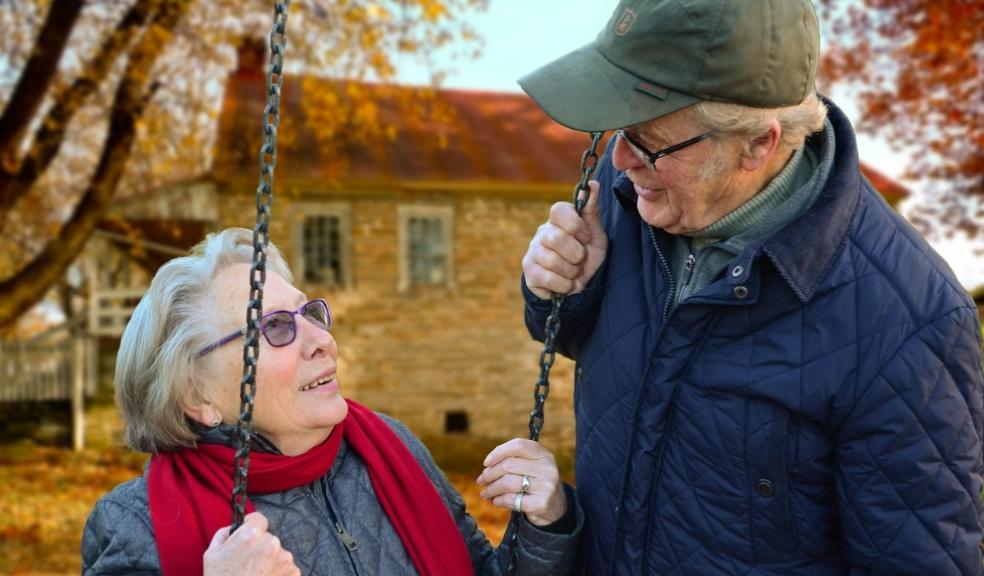
The multi-generational revolution - How nearly half of Britain is redefining family living
New research reveals that 49 per cent of Britons are embracing multi-generational households, with families making significant home modifications to accommodate their evolving needs.
Multi-generational living is no longer the exception in Britain - it's rapidly becoming the norm. According to new research commissioned by homelifts specialist Uplifts, almost half (49 per cent) of British households now span multiple generations under one roof, marking a significant shift in how families choose to live together.
The comprehensive survey of 2,000 Britons reveals that this isn't a temporary pandemic-driven trend. More than half (51 per cent) of those in multi-generational arrangements have been living this way for over a decade, with eight per cent having never left their childhood family home at all.
The appeal of multi-generational living extends far beyond financial necessity. While saving money ranks as a key advantage for 39 per cent of respondents, the emotional and practical benefits are equally compelling. Over half (55 per cent) cite stronger family bonds as the primary benefit, followed by emotional support (39 per cent) and the creation of lifelong memories (38 per cent).
Particularly significant is that one in five (20 per cent) families are using multi-generational arrangements to help relatives age in place, a reflection of Britain's ageing population and the desire to keep elderly family members in familiar surroundings rather than care facilities.
The research indicates that the multi-generational experiment is largely successful, with 70 per cent of those currently in such arrangements reporting satisfaction with their living situation. Remarkably, 11 per cent say there are no disadvantages whatsoever to their multi-generational setup.
However, the transition isn't without its challenges. While the majority are content, 14 per cent acknowledge that their current homes aren't well-suited to accommodate multiple generations, highlighting the importance of thoughtful planning and adaptation.
Prabash Edirisingha, a consumer researcher at Northumbria University who studies family consumption patterns and identity formation across generations, explains: "My research into multi-generational households reveals they are now the fastest-growing household type in England and Wales. This growth reflects a combination of financial necessity, cultural tradition, and a desire for closer family support networks. While the emotional and economic advantages are undeniable, families must remain realistic about the challenges. Different generations often bring diverse expectations, lifestyles, and values into shared spaces - differences that can lead to tension if not thoughtfully managed. The key to success lies in communication, mutual respect, and the willingness to adapt. Thriving multigenerational homes aren't born from convenience alone, but from a conscious effort to create a new, inclusive way of living together"
This need for thoughtful adaptation is reflected in the data. Over a third (34 per cent) of multi-generational households have made changes to better accommodate their family structure. The most common adaptations include adding bathrooms (32 per cent) and creating separate living areas (32 per cent) - modifications that provide privacy and independence within shared spaces.
Ground-floor bedrooms have been added by 28 per cent of families, while 22 per cent have installed grab bars for safety. Notably, 15 per cent have invested in stairlifts or homelifts, recognising the importance of accessibility across all levels of the home.
Kate Sheehan, a renowned occupational therapist specialising in housing adaptations, emphasises the importance of forward-thinking when it comes to home modifications: "When families are planning for multi-generational living, they need to consider not just their current needs but potential future requirements. This could include installing wider doorways, level access showers, and good lighting. For families where reduced mobility may be a concern, vertical access solutions like homelifts can be a particularly valuable addition to any one's home."
The emotional impact of maintaining accessibility cannot be overstated. As Sheehan observes from her practice: "It means so much to elderly relatives when they can continue accessing all areas of their home, their favourite reading nook upstairs, the craft room where they pursue hobbies, or simply the bedroom they've slept in for decades. A homelift preserves that independence and dignity while reducing the risk of falls on stairs."
Beyond the emotional benefits, there are practical advantages that many families don't initially consider. "These systems are incredibly useful for moving heavy items," Sheehan notes. "Suitcases when relatives visit, vacuum cleaners for upstairs cleaning, or heavy shopping deliveries. It reduces strain on all family members and makes daily household tasks more manageable for everyone, particularly in busy multi-generational homes where there's always something being moved between floors."
Other essential modifications include level-threshold entrances, handrails in hallways and bathrooms, adequate lighting throughout the home, and flexible spaces that can adapt as family needs change. "The key is thinking about universal design principles that benefit everyone, regardless of age or ability," Sheehan advises.
The data suggests this trend has staying power, with 54 per cent of those in multi-generational households planning to continue long-term. This represents a significant demographic shift that has implications for housing policy, urban planning, and the broader economy.
Multi-generational living is being driven by a combination of practical benefits and changing attitudes towards family relationships. As housing costs continue to rise and the population ages, these living arrangements offer solutions that address multiple challenges simultaneously.
For families considering this lifestyle change, success depends on proper planning and appropriate home modifications. The key lies in creating spaces that balance togetherness with independence, ensuring every family member has the support they need while maintaining their autonomy.
As Britain continues to struggle with housing affordability and changing family dynamics, multi-generational living appears to be more than just a trend - it's a practical response to 21st-century challenges that's here to stay.









